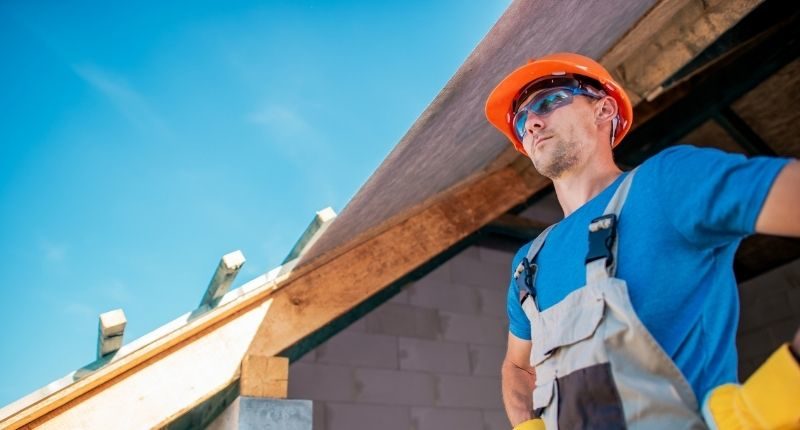- HIA has labelled changes as the most significant since the code was conceived
- Minimum energy performance requirement will increase to seven stars
- Minimum accessibility requirements also welcomed by experts
In a move it says will make the National Construction Code (NCC) more user-friendly, modern and accessible for all practitioners, the Australian Building Codes Board (ABCB) has introduced significant changes starting from next year.
NCC 2022, which the Housing Industry Association has labelled as the most significant amendment since the code’s inception, will feature changes affecting all residential buildings.
This includes the introduction of mandatory accessible housing provisions, increases in energy-efficient stringency, new condensation provisions, changes to waterproofing and weatherproofing, and enhanced building product documentation requirements among other significant changes.
Energy efficiency expert Dr Trivess Moore argued the revision that will see the minimum performance requirement increase from six to seven stars as a critical step towards zero-carbon energy housing.
“An increase from 6 to 7 stars would result in an average reduction in energy for heating and cooling of 24% across Australia,” said Dr Moore.
“The performance of new Australian housing is at least 40% worse than many other developed countries in similar climate zones. While the move to 7 star will close this gap, there is much more that we could be doing right now.
Dr Tivess Moore
“Examples like The Cape in Victoria show how we can be delivering to a much higher performance right now.”
Research undertaken at RMIT University has found that over 80% of new housing in Australia is only built to the minimum 6-star standard, with less than 1.5% built to 7.5 stars, which Dr Moore said demonstrated the need to improve minimum regulatory requirements.
“Increasing the minimum star rating alone will not be enough. There is an issue across the industry with performance not matching design outcomes.
“Any changes to minimum performance requirements must be accompanied by greater accountability in the building industry to deliver improved outcomes.”
Alan Pears AM, a Senior Industry Fellow at RMIT, added that progress on building energy performance in Australia has been too dependent on regulation.
“Regulation only sets basic minimum standards and provides no reward for innovators and leaders. Regulation is slow to respond to the rapid changes we are facing,” he said.
“New home buyers deserve better information to guide their decisions. For example, existing rating tools can show how each room performs in extreme hot and cold weather. Regulations should require that this information be provided before a buyer signs up.”
Alan Pears AM
Minimum accessibility requirements welcomed
Dr Nicola Willand, who teaches a transdisciplinary Housing and Health course at RMIT, has welcomed the Livable Housing Design ABCB Standard, especially for the 2.7 million Australians who have impaired mobility.
Changes will include obligations for corridors and sanitary areas in houses to be wide enough to accommodate walking aids, as well as potential structural reinforcements in bathroom walls that allow for future installations of mobility and lifting aids if needed.
“These features will make housing safer for everyone and raise awareness for the need for universal design to accommodate people with varied abilities,” she said.
“The inclusion of these minimum accessibility requirements is a significant step towards progressing the health and psycho-social benefits of a home by providing better independence for people with certain physical disabilities and older people.”
Dr Willand added this new requirement will have economic benefits for households as it removes the need to find alternative accommodation if one is injured or develops impairments in the future.
“This new requirement will also have economic benefits for society at large. Considering that Australia’s population is ageing and ageing in place is the preferred (cheaper) form of housing older people under the My Aged Care system.
“The Livable Housing Design ABCB Standard will also future proof new housing and save later modifications costs that are covered by the public health system.”
Dr Nicola Willand
While the requirements will be adopted in Victoria, Queensland, Tasmania, the ACT and the NT, Dr Willand is disappointed this won’t be the case in NSW.
“The rejection by the NSW government is a lost opportunity to help normalise the need to design for all abilities and reinforces social exclusion,” she concluded.








